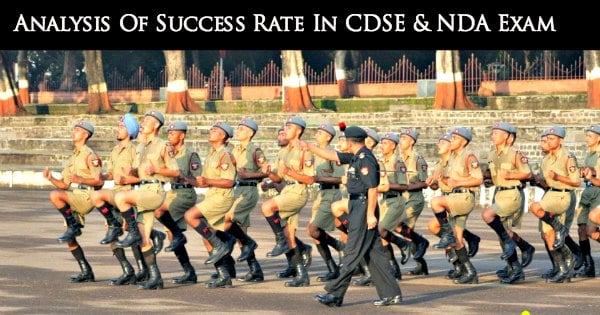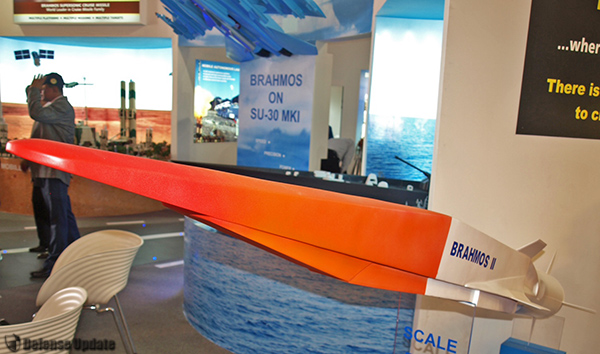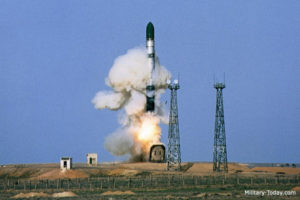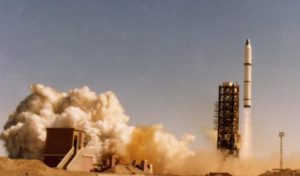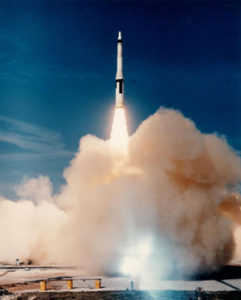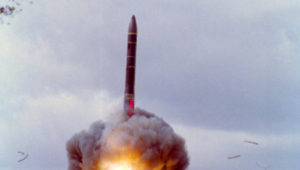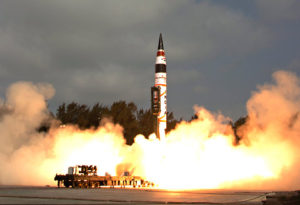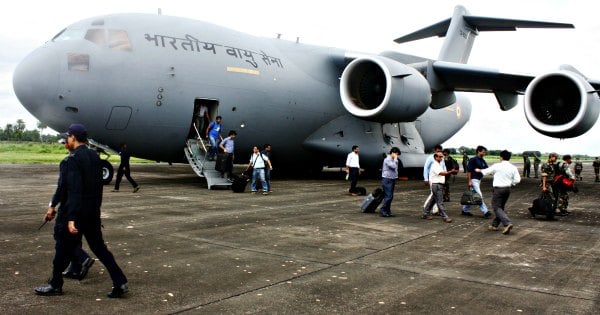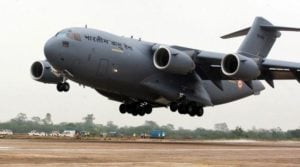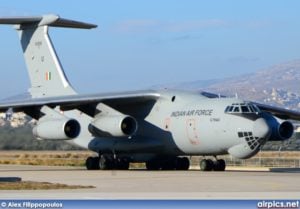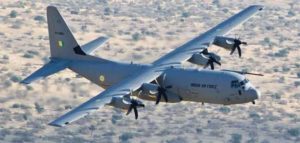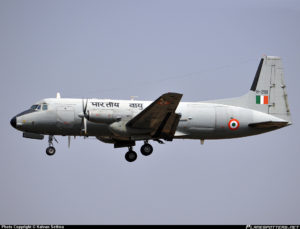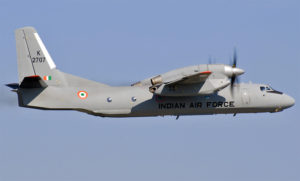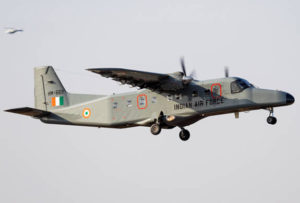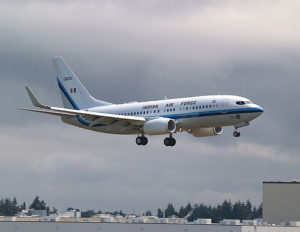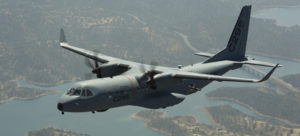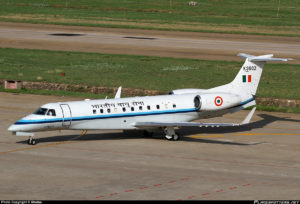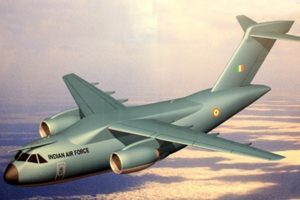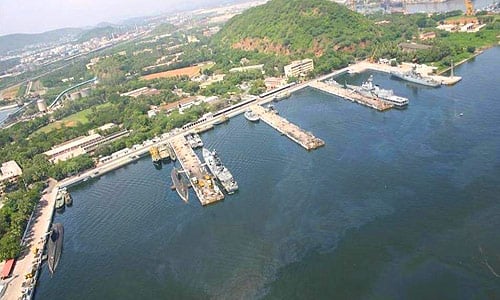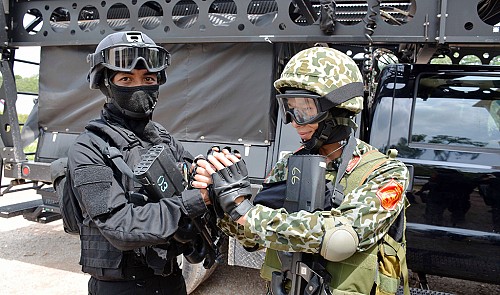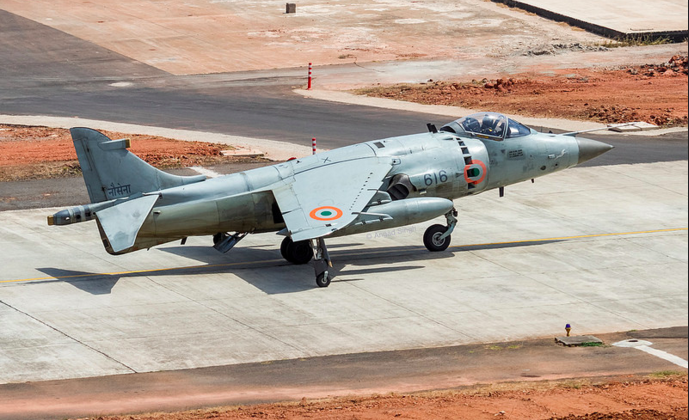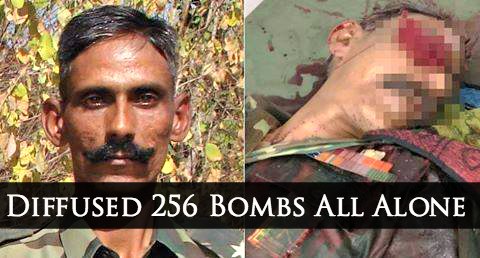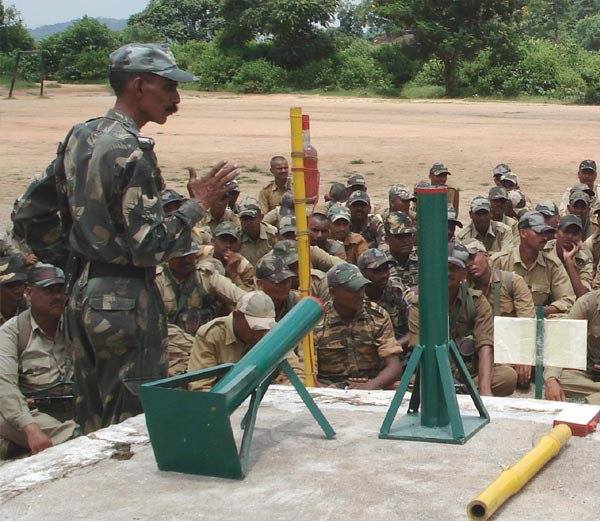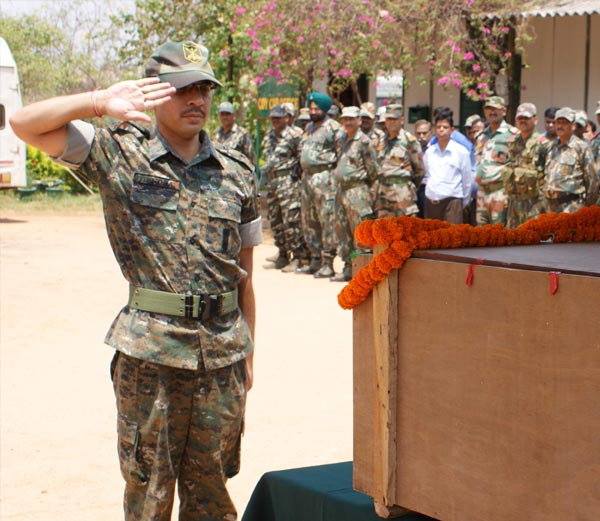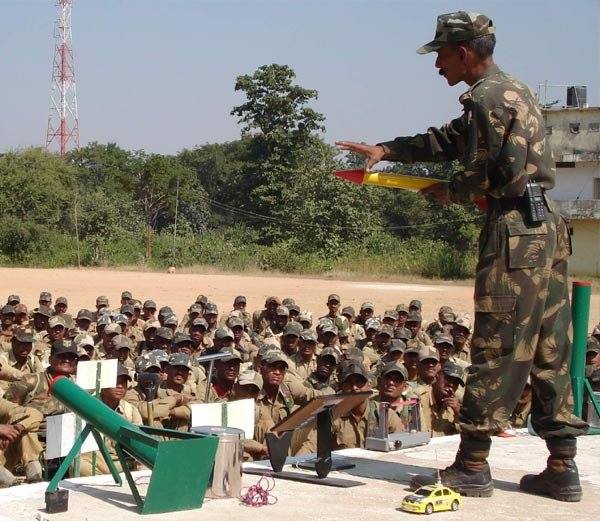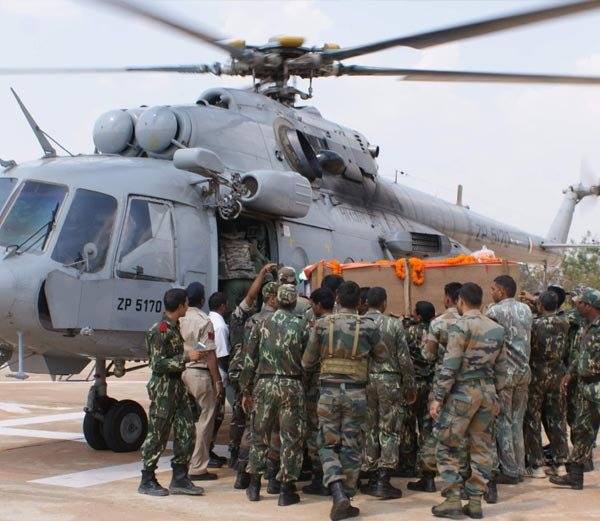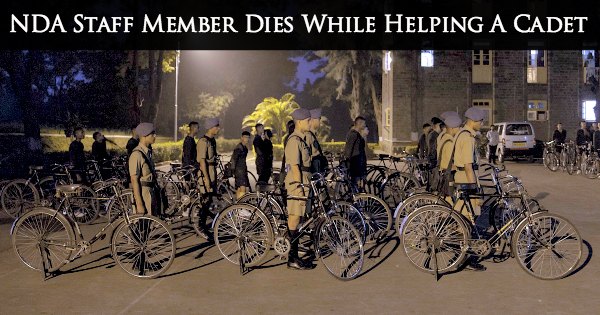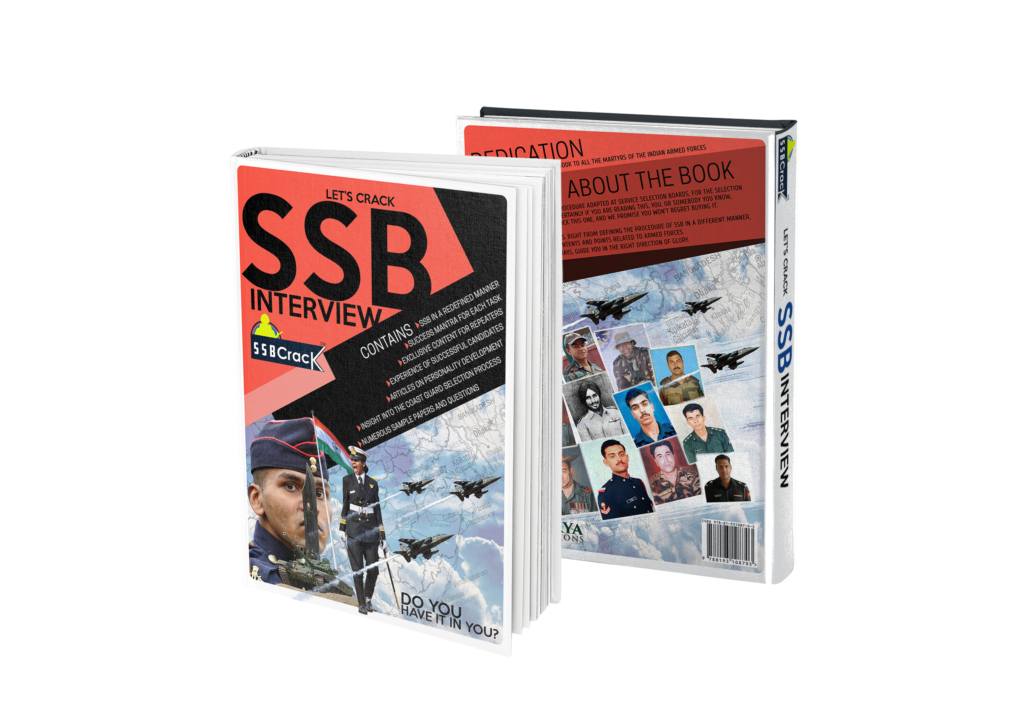Every six months, thousands of aspirants consider joining the Indian Armed Forces. And that’s so obvious given the facilities and pay perks, military proves to be a very rewarding experience especially if you love adventure.
But when we see people quitting(?) the military training academies because they do not find it suitable for them (as in this case of the Lady OTA Cadet), we either feel demotivated or not yet ready to join the forces. I totally respect her decision on this, but what brilliance is it to go on a path without knowing where it will lead you to, even if you are an AIR-2 holder? Would you go for a job without knowing what the job expects from you, or what you are going to do in that?
While I applaud everyone who decides to serve the country, I think that it’s important to know well what to expect from the career you chose and what the career expects from you. Recruiters and middlemen are surely a great source of information, but at times even they might not be able to help you out – either because they don’t know or because you ask too many questions, which by virtue is totally acceptable given that it’s your career choice.
So, here are the 14 things which you must know before you join the Armed Forces. They might not be to the point or accurate but would contain enough information for you to make a mature decision about the career you are deciding to choose:
DISCLAIMER: I do not intend to demoralize anyone from joining the Indian Armed Forces. I, myself am a die-hard defence fan and I’m just presenting the dark side of being in the military to consider before making it as a career option.
Let’s begin:
- You are your own motivation:
At times, after you join the forces, you may feel segregated and alone at the beginning. They are the worst part of the career – you feel like running back to home leaving the training because you can’t cope up or the seniors are too harsh on you. But, if you are considering the military, it is you who should to be motivated enough to let it pass. You need to look at the bright side – the side when you’ll be commissioned and will be a soldier. Everyone has hard times and they all pass by. You just need to have the right and don’t-quit attitude.
- OLQs don’t help every time:
If you are setting OLQs as your long-term goals, you need to focus on the larger image – being a leader. OLQs are just a part of being a leader which is assessed by the SSB. You were recommended because assessors THOUGHT you are capable of being a leader, not because you were from a certain part of the territory or a community. At times, you need to make decisions which require more skills than the OLQs and they need to be right; like choosing between family and border during a conflict. Sometimes you will be asked to do something, and you’ll have no idea how to accomplish that task. But you’ll have to figure it out. You may also have to do things without people telling you to do them.
- You need to be Fit and Tight, always:
So you think that you’ll automatically be fit when you join the training? Wrong. This thinking is going to lead to failure, injury, or even being dropped from the training, just because you don’t want to exercise enough. No one is interested in how attractive you are. Believe me, while just as an NCC cadet, the thing most attractive to me is my bed and pillow. So, think about the military training academies which produce officers. You need to have the minimum standards and enough motivation for training and you have to push yourself every next time, even after the training. Think of the training as your exercise routine which is going to make your life healthier and better than those who don’t exercise. Even joining the forces require some set physical standards. So, start working on your fitness right now. And yes, you are not weak by your gender, you are weak if think you are.
- You’ll Do Every Sort of Menial Labour:
Going to the range, shooting off hundreds of rounds, practicing your closed quarter combat techniques, jumping out of airplanes, etc. is not a normal day in the military. The normal day includes cleaning the barracks, sweeping the floor clean, unclogging the manhole, cleaning the bathrooms among more. And you better make it spotless or else get ready for ragda by seniors.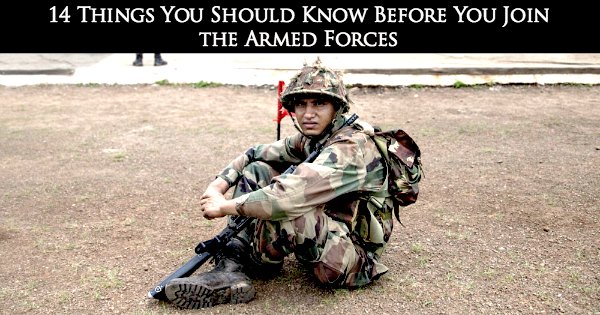
- Your Job Is What Your Seniors Tell You:
Regardless of what you have heard before joining the military about doing so and so adventure, your job will depend entirely on the needs of your unit/regiment/corps at that time. You may have joined because you want to fly a plane or be an aircraft technician, or a radio systems operator. But if your arm doesn’t need that particular task to be done now, then you’re out of luck. So you just need to sit back and relax and wait for the correct opportunity to knock an adventure.
- Criminal Records Could Land You in Trouble:
When you join the forces, you are expected to be free from all criminal records. Your criminal record will be checked in a background investigation, and it can be an issue in your attempt to join depending upon what you have been arrested for. This could land you in major trouble and can even ban you from joining the services in the future. FYI, cheating in the examinations is also criminal offence (malpractice) and if your invigilator is really strict, they can book a case against you. Avoid such mistakes, little is okay but doing it to an extent that it may book a criminal case on you is a big NO.
- Discipline is your foundation in the Armed Forces:
Joining the military, you are expected be disciplined at all times. Even if you have an attitude which deals with “equality” with all, including seniors and authorities, you will be forced to change your way of doing things in basic training. There is nothing you can do about your seniors, ever. It is then where people think of quitting (See point 1). Learn to accept it and move on. This sole quality will be the one which will set you apart from the civilians. Even if you have an attitude that says “I will not respect an officer’s wife of my age”, be informed that it’s not the age that matters; it’s the seniority, the rank that matters. And to respect that rank, you have to respect who he/she accompanies.
- You Can’t Quit You are not allowed to Quit:
Joining the military is not like doing it till whenever you like and then signing off after some years. When you are commissioned, you sign an enlistment contract for a specified number of years. Once you sign the contract and take the oath (Passing Out Parade or Kasam Parade), that’s it, you’re in and they will not leave you unless maybe you are dead or you retire.
- Learn to stay away from the family:
You are expected to be gone from home and staying away without family during training and postings throughout the year. While the military allows you accommodation for your family in peace, you still can’t stay with them forever. You need to move asap to where your duty demands and at times, leaving your family behind.
- You will not always be posted in hill stations or metros:
The Army has a disproportionate amount of bases spread all over the country. Being happy and content is not what the Army values in its soldiers, it values getting the most out of them at the cheapest possible price and that means your transfer to any place possible irrespective of its terrain (although they care for your safety and accommodation). Sure, the Army has “Dream Stations” like Metro Cities and foreign postings, but it is very unlikely that you’ll be posted there in your initial period after being commissioned. The first year after being commissioned itself is at the border.
- You Are a Government Property more than a Sarkari Damaad, hence you do as instructed:
This means you will be required to stay in shape, wear your hair according to policy, and obey all standing orders relating to your personal health. For instance, if you decide to get a tattoo, you’ll be charged with disciplinary papers saying “Destruction of Government Property”. You do as instructed; they are neither making men out of boys nor women out of girls; they are making officers who will lead battalions of soldiers. And who’s responsibility do you think is the life of these fellow soldiers? They have to follow the orders saying YES SIR , YES MAM and even to the things that are absurd and illogical. Because they know that you know better than them. This is the knowledge which you will not find in a fat-ass book, it the knowledge that you inherit from your seniors. And that comes by saying, yes you get it, “YES SIR , YES MAM”, everytime.
- You’re Not Special, You Never Were:
You become a soldier because of all the pride, honour, adventure, and blah blah you get. The thing is, everyone around you is all the same. You are not special at all among them and that’s the reason soldiers have a uniform. You’re are not special by any means and so are the other thousands of soldiers around you. You have to develop other characteristics and qualities that distinguish you from your peers. You must have a deeper personality than just being a man in uniform. If the training at the academies explicitly wants you to shut off your mind and follow orders, you do it. Period. Or ‘Dope’ will make you do it. You are not going to wear a saree or suit-boot when you pass out, it is the uniform which you will be wearing. Indira Gandhi in saree certainly could not save even her from being killed, but you, in the uniform, can save thousands of such Indira Gandhis!
- You no longer have relevance to most of the constitution:
Once you enlist, most parts of the Indian constitution no longer apply to you. While serving, you fall under the military law and will be tried in the Court Marshal. While for the most part, you enjoy most of the same basic rights, there are some big differences like no freedom of speech/press/assembly, no right to privacy/protection from unreasonable search. Moreover, your orders are your laws and if you fail to follow orders, you can put people in danger, even get them killed. You follow orders, period. You don’t ask questions. Period. You don’t give explanations. Period. The cultural and intellectual overhaul is something you should learn to be okay with.
- You Can Die:
Saying everything about sacrificing life for the country is one thing and actually being able to do it is other. Joining armed forces is not like any other job you’ll ever have. Getting fractures and pains are verrryyy normal. You have real enemies who will kill you if given the chance. They don’t care about who you are, or where you’re from or that you want peace, all that matters to them is that you are their enemy. And vice versa, you’re not a diplomat. It’s not your job to talk to people or reason with them, even if you are a national level debater, because, no one cares. If ordered, you will be expected to kill those enemies.
Yes, it does takes a lot of guts to “kick a job of almost 70k bucks, to kick a job that shall give you a class 1 Gazetted officer status in GOI , to kick a job even though you got an AIR 2nd and you were a mini-celebrity, to kick a job despite knowing the fact that LOG KYA KAHENGE” because it’s not money that you think before joining the academy, you think about being an officer in the military. If money were so, you definitely should go kick a 2-lac-paying job in the corporate. Military is no place for you.
THE BRIGHT SIDE:
We have discussed enough what Armed Forces as career expects from you. Now, let us look at what you can expect from the career. First, the pay is pretty decent in most respects. You will have the best medical coverage there is, even for your family, that too free of cost.
You will also develop a bond with your co-workers that no civilian job can offer. They will be more than just brother-in-arms to you. I mean you are putting your lives in each other’s hands that’s more than there is to define.
Above everything else, you become part of something larger, you become a symbol of courage, loyalty, duty, sacrifice, and love of country that serves as an example to others. Be proud of the decision that you will make.
To crack SSB interview, recommend you to get “Let’s Crack SSB Interview” book from Amazon.
SSB Interview Preparation Material [ 100% Recommended]

